Do you know about Mashru silk sarees? What importance do they hold in Indian culture and history? If you enjoy dressing in traditional attire, a handloom Mashru silk saree is an excellent choice. It represents a longstanding tradition in our country, and it's important to show our support and celebrate this cultural symbol.
Celebrating culture requires a basic knowledge of what we are talking about. Today, in this blog, we will explore more about Mashru silk sarees and their unique features that distinguish them from others.
[Learn Which is the Best Banarasi saree? Let's find out]
What is Mashru silk?
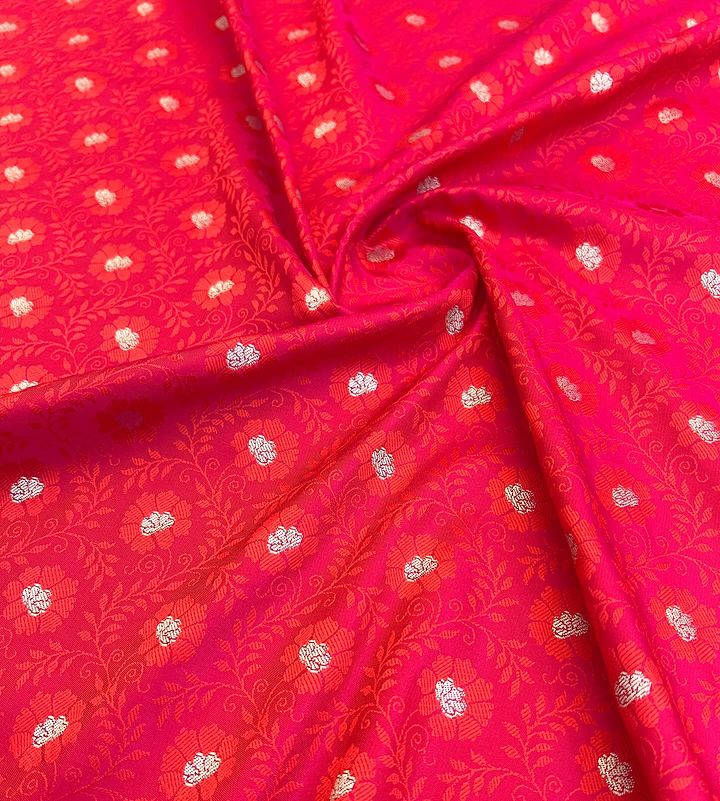
Mashru silk has its roots in the state of Gujarat, where the technique of weaving mashru silk has been practiced for centuries. The word "mashru" itself is derived from the Arabic word "mashry," which means permissible or lawful. This name is reflective of the fabric's historical association with Islamic culture and the need to adhere to religious principles.
Mashru silk fabric is unique because it is hand woven and combines silk on one side and cotton on the other. It generally comes with a satin finish. This combination was developed to address religious and cultural considerations, particularly for communities that were prohibited from wearing pure silk.
The use of cotton on the inner side of the fabric made it more comfortable for daily wear. Also, the satin finish gives it a regal shiny look that’s perfect for cultural occasions.
[How to Accessorize Sky Blue Banarasi Sarees: A Complete Guide]
What sets Mashru silk sarees apart?
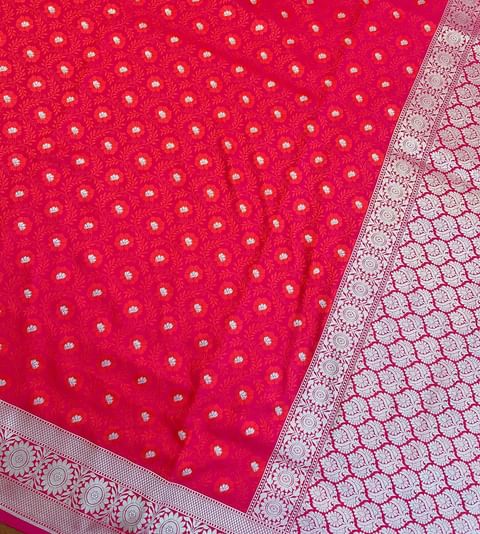
The creation of a Mashru silk saree is a labour of love, requiring skill and patience passed down through generations. Weavers meticulously intertwine silk and cotton threads, ensuring a harmonious blend that captures the sheen of silk while maintaining the comfort of cotton.
The beauty of Mashru silk sarees lies in their distinctive characteristics. The interplay of silk and cotton threads imparts a subtle texture, adding depth to the fabric. The sarees often come with a satin finish and feature intricate zari work, creating a regal touch that enhances their allure.
The unique blend ensures that Mashru silk sarees are not only visually appealing but also comfortable, making them a preferred choice for various occasions.
One of the remarkable qualities of Mashru silk sarees is their adaptability to different seasons and occasions. The breathable nature of cotton ensures comfort during warmer months, while the silk element provides warmth in cooler weather.
This versatility makes Mashru silk sarees a wardrobe staple, suitable for both casual gatherings and grand festivities. These sarees are perfect for hot and humid weather.
The regal look and feel of these sarees make them an ideal choice for weddings, festivals, and religious functions. The zari borders and pallus, often adorned with intricate motifs inspired by nature and mythology, add a touch of timeless elegance to your look.
[Masterpieces in Banarasi: Adorning Beauty with Rangkat Katan Sarees]
Unique weaving style involved in making Mashru silk fabric
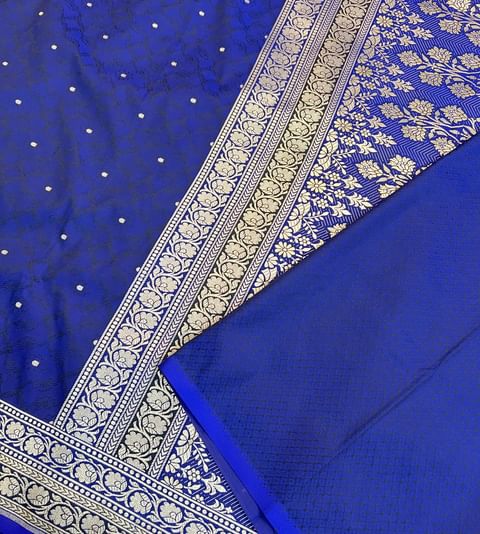
The weaving technique used for mashru silk involves the use of handlooms, and the process is labour-intensive. Skilled artisans carefully interlace the silk and cotton threads to create a fabric with a smooth, shiny silk surface on one side and a soft, breathable cotton surface on the other. The combination of these two materials results in a versatile fabric that is both elegant and comfortable.
The key steps in the Mashru silk weaving process include:
Warping: This involves arranging the silk and cotton threads on the loom in a way that prepares them for weaving. The warp threads are made of silk, which runs vertically on the loom.
Weaving: Skilled weavers use various weaving techniques to create intricate patterns and designs on the fabric. The weaving process involves passing the weft threads (horizontal threads) through the warp threads in a systematic manner to form the desired textile pattern.
Reversing the Weave: After weaving a certain length, the direction of the fabric is reversed on the loom. This step ensures that the silk side remains on the outside, creating a reversible fabric with a silk surface on one side and a cotton surface on the other.
Finishing: Once the weaving is complete, the mashru silk fabric undergoes finishing processes such as washing, starching, and ironing. These processes enhance the texture, lustre, and overall appearance of the fabric.
The weaving of mashru silk requires a high level of skill and craftsmanship, and it is often carried out by artisans who have inherited the tradition from previous generations. The resulting fabric is not only visually appealing but also serves a cultural and religious purpose, making it a unique and cherished part of India's textile heritage.
[Modish Ways to Wear a White Banarasi Saree]
Caring for Your Mashru Silk Saree
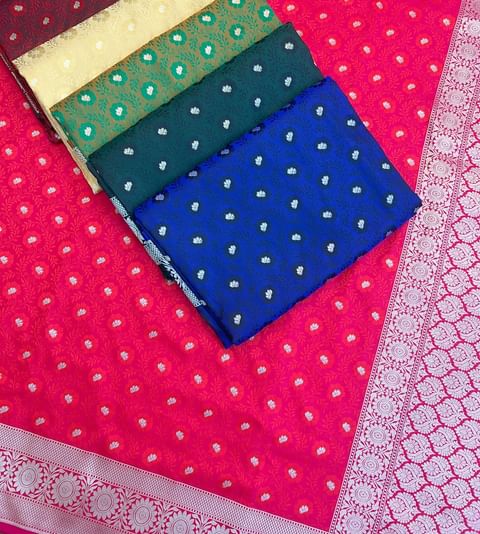
To ensure the longevity of your Mashru silk saree, gentle care is essential. It is advised to wash it with your hands in cold water with a mild detergent. Avoid wringing or twisting the saree to preserve its shape and lustre.
To avoid fading, keep it out of direct sunlight and store it somewhere cold and dry. With proper care, your Mashru silk saree will remain a cherished heirloom, passing down through generations.
[Dazzle Organza Banarasi Saree This Diwali Office Party]
Buy Mashru silk sarees from Albeli
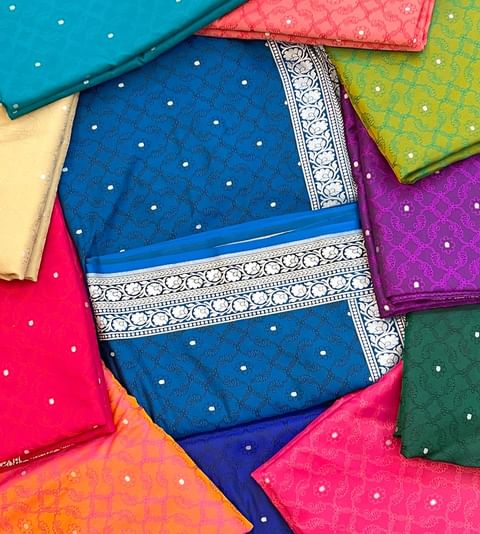
As we continue to appreciate and embrace the beauty of handloom Mashru silk sarees, we witness a timeless tradition that deserves to be celebrated and preserved for generations to come.
So, where to get a pure handloom Mashru silk saree? Visit Albeli! Explore our vast collections and get the perfect piece for yourself, that suits your preferences and style.



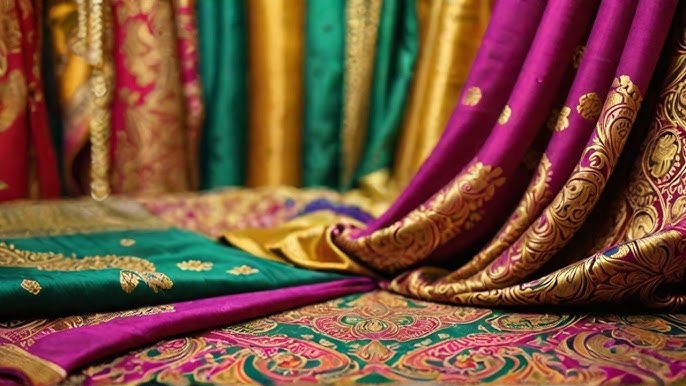
.webp)
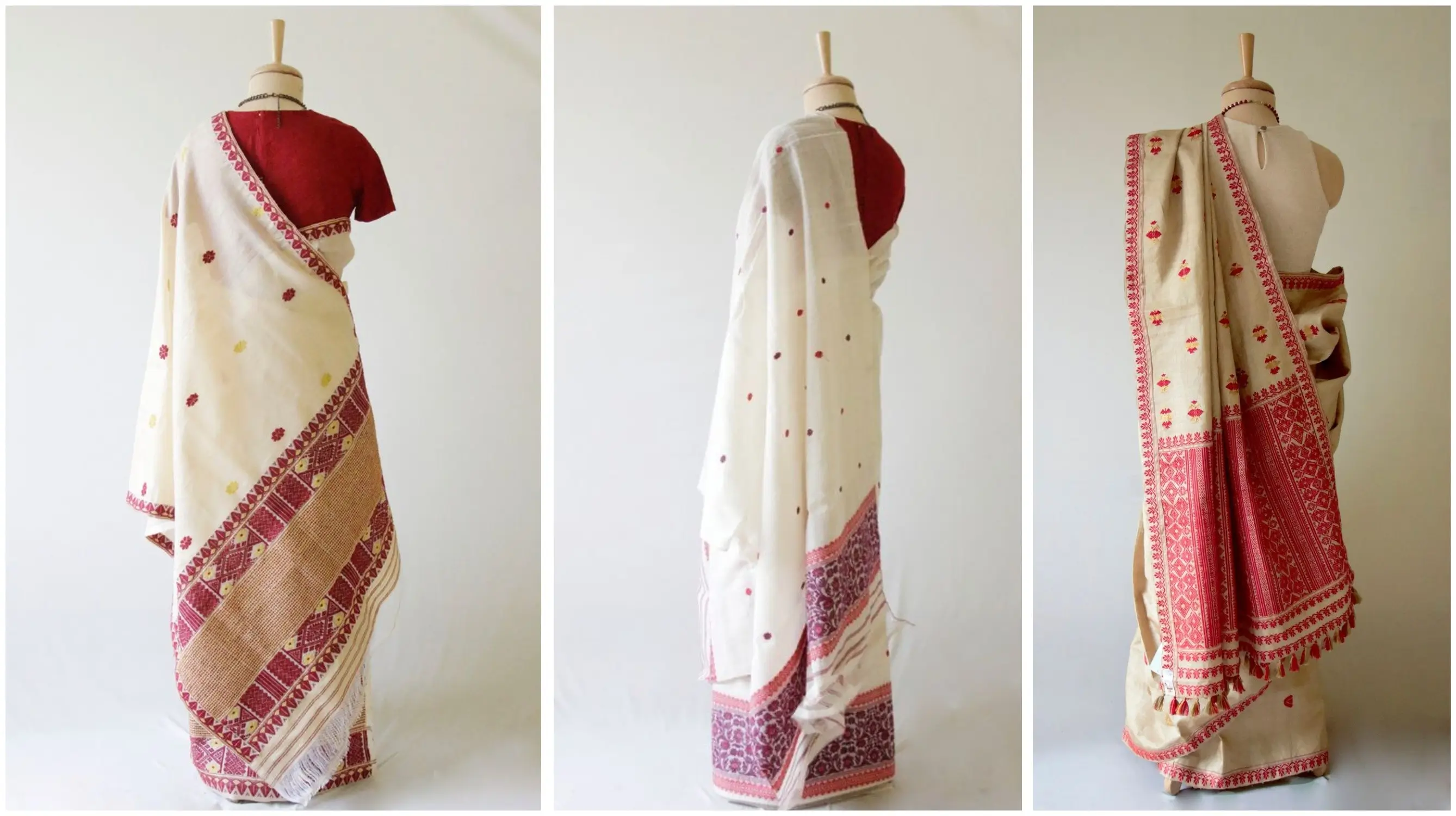
Comments
Leave A Comment: